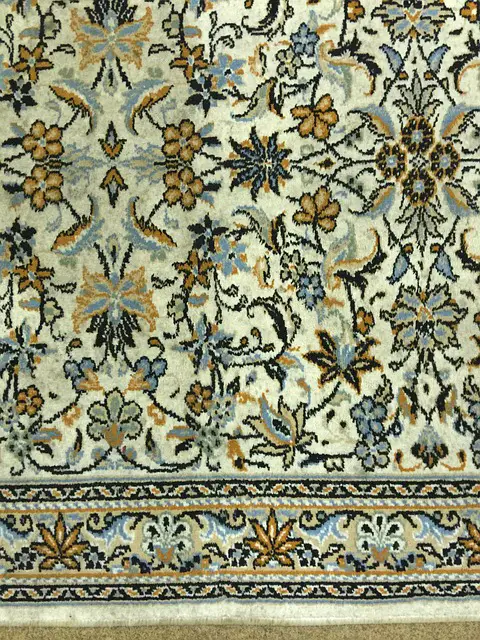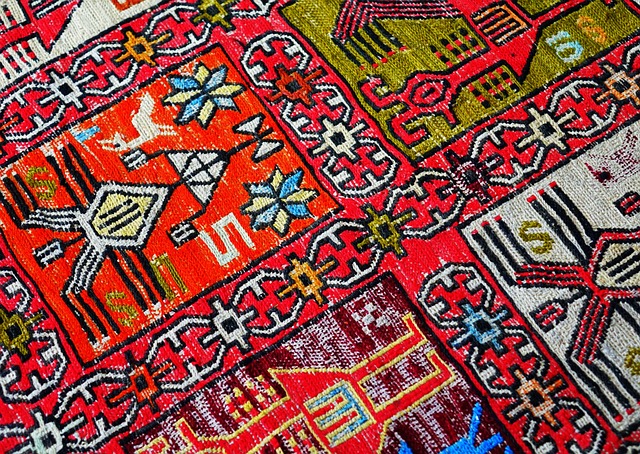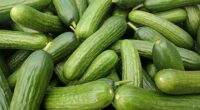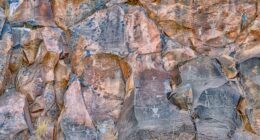Persian rugs are made in Iran, showcasing intricate designs. Oriental rugs encompass those from various Asian countries, each reflecting unique styles and traditions.
TL;DR Persian Rugs Vs. Oriental Rugs
Both Persian and Oriental rugs have their own unique characteristics and charm. While Persian rugs are known for their intricate designs, deep colors, and high craftsmanship, Oriental rugs encompass a broader range of styles from different Asian countries.
When it comes to materials used, Persian rugs often feature luxurious silk or high-quality wool, while Oriental rugs may incorporate various natural fibers like cotton or jute. This difference in materials can also affect the overall price range of these rugs.
Persian Rugs

One distinguishing feature of Persian rugs is their intricate designs. Each rug tells a story through its patterns and motifs, showcasing the rich cultural heritage of Iran. From delicate floral arrangements to geometric shapes, every design element has a meaning and significance that goes beyond mere aesthetics.
Another defining characteristic of Persian rugs is the use of high-quality materials. The wool used in these rugs comes from locally raised sheep, known for producing soft and durable fibers. This natural material not only enhances the tactile experience but also adds warmth and coziness to any space.
The dyeing process is another aspect that sets Persian rugs apart. Traditional methods involving natural dyes derived from plants or insects are still employed today to achieve vibrant hues that stand the test of time. This meticulous attention to detail ensures that each color remains vivid even after years of use.
What truly makes Persian rugs exceptional is the hand-knotting technique used in their creation. Skilled artisans spend months or even years meticulously tying individual knots onto a loom to form intricate patterns with remarkable precision and clarity. Each rug becomes a labor-intensive work of art, imbued with passion and dedication.
Oriental Rugs

One of the defining characteristics of Oriental rugs is their diverse range of patterns. From geometric motifs to floral designs and even animal prints, these rugs offer a wide array of choices to suit any interior décor style. The colors used in Oriental rugs are also vibrant and bold, adding a touch of elegance to any room.
In terms of materials used, Oriental rugs often feature natural fibers like wool or silk. These materials not only add durability but also enhance the overall look and feel of the rug. The weaving process for these rugs is highly precise, resulting in tightly woven knots that create a dense pile.
When it comes to pricing, Oriental rugs can vary greatly depending on factors such as size, design complexity, age, and condition. Antique or rare pieces can command high prices due to their historical significance and scarcity.
Persian Rugs Vs. Oriental Rugs – Key differences
| Criteria | Persian Rugs | Oriental Rugs |
|---|---|---|
| Origin | Specifically made in Iran | Encompass rugs from various Asian countries |
| Design Influence | Predominantly features Persian designs | Reflects diverse styles, traditions, and motifs |
| Knotting Techniques | Primarily uses asymmetrical (Persian) knots | Utilizes various knotting techniques |
| Materials | Often made with high-quality wool | Materials vary, including wool, silk, and cotton |
| Colors | Rich, vibrant colors, often intricate patterns | Wide range of color palettes and design aesthetics |
| Weaving Tradition | Follows traditional Persian weaving methods | Diverse weaving traditions from multiple regions |
| Specific Styles | Includes well-known styles like Tabriz, Kashan, Isfahan | Encompasses numerous styles such as Turkish, Chinese, and Indian rugs |
| Cultural Significance | Emblematic of Iranian craftsmanship and artistry | Represents the rich weaving heritage of multiple Asian cultures |
| Pricing | May be relatively expensive due to craftsmanship | Prices can vary based on materials, size, and design |
Persian Rugs Vs. Oriental Rugs – Materials Used
Persian Rugs:
Wool:
High-quality wool, often sourced from local sheep, is a common material for Persian rugs. It provides durability and a luxurious feel.
Silk:
Some Persian rugs, especially those with intricate designs, may incorporate silk to enhance the details and add a luxurious sheen.
Cotton:
Cotton may be used in the foundation or as weft threads in Persian rugs, providing stability and support to the overall structure.
Oriental Rugs:
Wool:
Wool is a prevalent material in Oriental rugs, offering durability, natural stain resistance, and a soft texture.
Silk:
Oriental rugs, particularly those from regions like China and India, may feature silk accents or entirely silk constructions for a lustrous appearance.
Cotton:
Cotton is commonly used as a foundation material in Oriental rugs, providing a stable base for the rug’s structure.
Other Fibers:
Depending on the region, Oriental rugs may incorporate other natural fibers like jute or synthetic materials to achieve specific textures or enhance affordability.
Persian Rugs Vs. Oriental Rugs – Price Range: Which is More Expensive?
The price of Persian and Oriental rugs varies based on factors like materials, size, knot density, and design intricacy. Generally, Persian rugs, known for meticulous craftsmanship, can be more expensive.
Oriental rugs, which include a broader range from various Asian regions, may offer more affordable options, but intricate designs or materials like silk can elevate their prices. Ultimately, individual preferences, regional styles, and specific characteristics influence the cost, and both Persian and Oriental rugs can be found across a wide price spectrum to suit different budgets and tastes.
Image Credits
Featured Image By – Semevent from Pixabay
Image 1 By – Ulrike Mai from Pixabay
Image 2 By – Markscleaning from Pixabay









